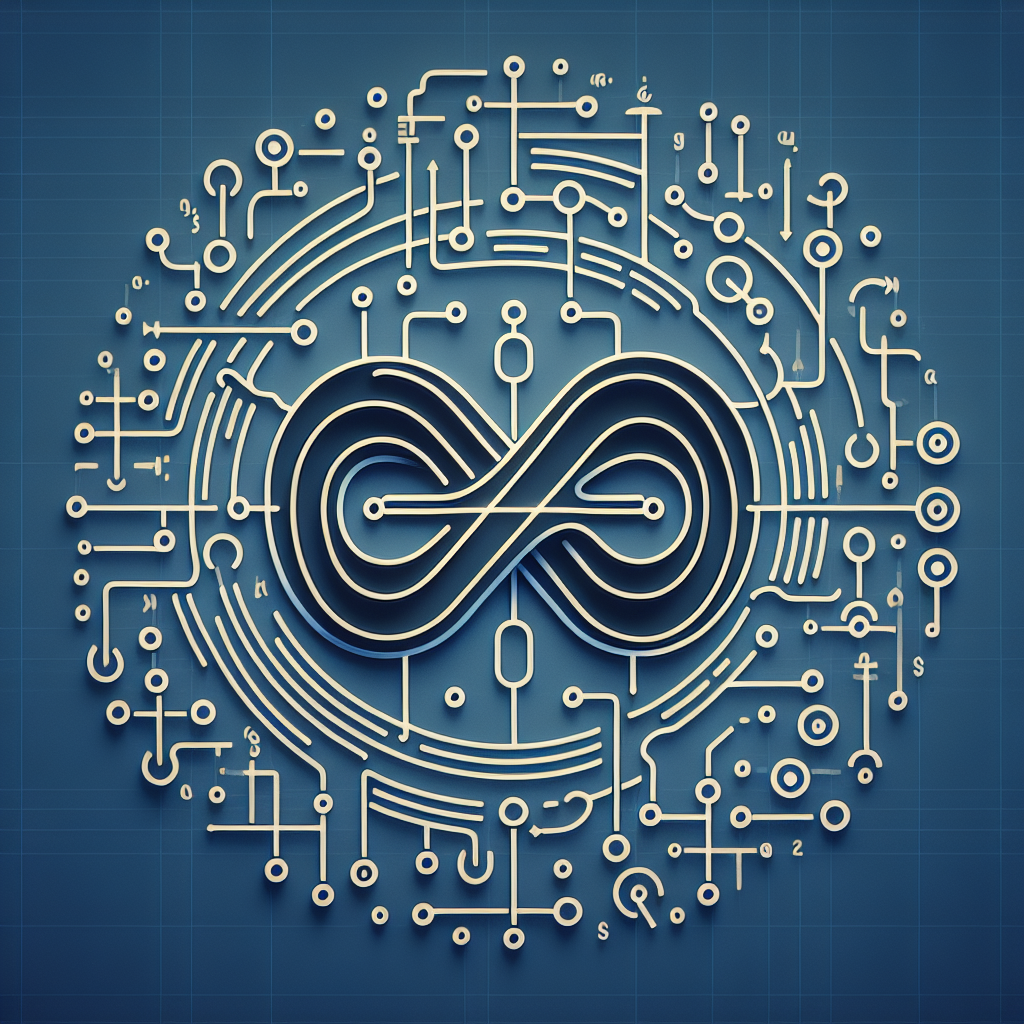Recurrent Neural Networks (RNN) are a type of artificial neural network designed to handle sequential data and tasks that involve a time dimension. They are a powerful tool in the field of machine learning and have been used in a wide range of applications, including natural language processing, speech recognition, and time series analysis.
At the core of RNNs is the idea of processing sequences of data one element at a time, while maintaining an internal state that captures information from previous elements in the sequence. This makes RNNs well-suited for tasks where the order of the data is important, such as predicting the next word in a sentence or generating music.
The architecture of an RNN consists of a series of interconnected nodes, or “cells,” that process input data and pass information from one time step to the next. Each cell has two sets of weights: one for the input data at the current time step and one for the information passed from the previous time step. This allows the network to learn patterns in the data and make predictions based on context.
One of the key features of RNNs is their ability to handle variable-length sequences of data. This is achieved through a mechanism called “backpropagation through time,” which allows the network to learn from past interactions and adjust its internal state accordingly. This makes RNNs particularly useful for tasks that involve long-term dependencies, such as language modeling or sentiment analysis.
In terms of applications, RNNs have been successfully used in a variety of fields. In natural language processing, they have been used for tasks such as machine translation, text generation, and sentiment analysis. In speech recognition, RNNs have been used to improve the accuracy of speech-to-text systems. In time series analysis, RNNs have been used to predict future values based on historical data.
Overall, RNNs are a powerful tool for handling sequential data and tasks that involve a time dimension. Their ability to capture long-term dependencies and learn from past interactions makes them well-suited for a wide range of applications in machine learning. As researchers continue to explore new architectures and techniques for training RNNs, the potential for these networks to revolutionize the field of artificial intelligence is vast.
#Understanding #Architecture #Applications #Recurrent #Neural #Networks #RNN,rnn


Leave a Reply